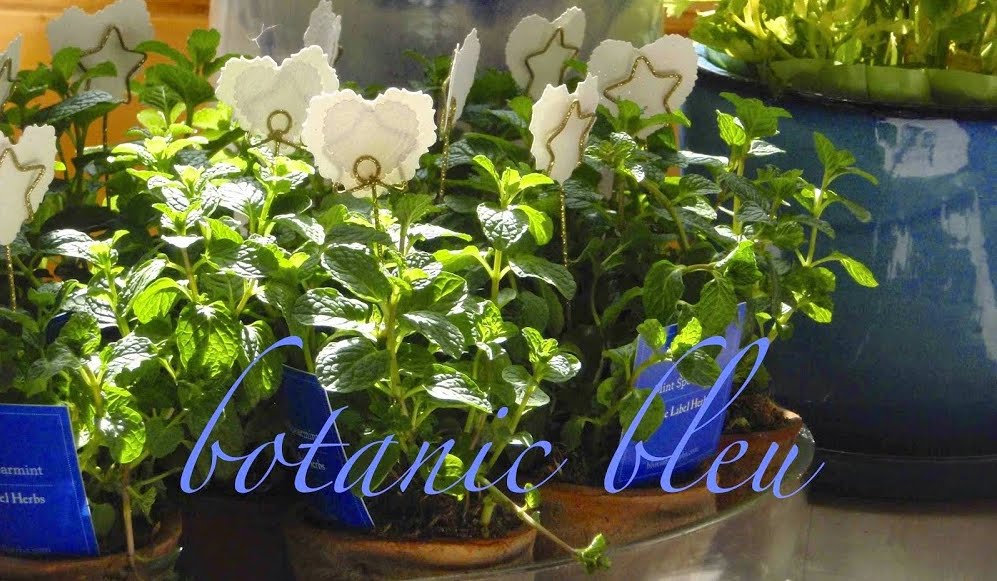Have you ever wondered
how stylists create their beautiful
vignettes?
Welcome to Element #4
Color
"the property possessed by an object of producing different
sensations on the eye as a result of the way the object reflects or emits light"
(Well, what do you know...color is supposed to make sensations on my eyes!)
(Well, what do you know...color is supposed to make sensations on my eyes!)
Hue, intensity, and value are the three properties of color,
but what is important in creating vignettes is to
consider intensity and value.
Hue refers to color names on the color wheel.
Intensity (saturation) refers to light versus dark. Think pink to maroon.
Visualize pastels to jewel tones.
Value refers to bright versus dull. Think true hue to dull gray.
Using Annie Sloan Dark Wax changes the value of a paint
by graying the color.
Color wheel illustrating Hues.
WEDNESDAY
but what is important in creating vignettes is to
consider intensity and value.
Hue refers to color names on the color wheel.
Intensity (saturation) refers to light versus dark. Think pink to maroon.
Visualize pastels to jewel tones.
Value refers to bright versus dull. Think true hue to dull gray.
Using Annie Sloan Dark Wax changes the value of a paint
by graying the color.
Not only do the intensity of the colors in this vignette match,
but the hues (colors) in the objects are picked up and repeated in one another.
The soft yellows, pinks, peaches, and greens in the silk flowers
appear in the three cards, also.
Blue in the cup and saucer is repeated
in the hanging floral print, the post cards, and the paperweight.
The floral print's blues and greens are the same intensity and value
as the colors in the three cards.
The intensity of the blue in the large print's flower
is repeated in the hydrangea paperweight
and in the intensity of the blue in the watercolor postcard.
The blue colors are not exactly the same hue (color of blue),
but because their intensities are similar,
they blend together well.
Look closely at the flowers in the two side flowers above.
Pastel yellows, peaches, and greens reflect the same hues
and intensities that are in the cards and silk flowers.
The soft colors in the cards are harmonious with each other and the silk flowers.
The colors in the card with the landscape viewed through an open door echo
the colors in the silk flowers.
The green of the boxwood blends with the greens
in the cards and the hanging print.
The hues (shades of green) are different,
but because the intensities and values are similar,
the greens work together.
Now look at a Pottery Barn vignette.
How are the colors harmonious in this group?
Even neutrals require thought
for them to work together.
We can identify some things the
stylist did in this grouping.
The white color is mostly the same.
There are not blue whites, yellow whites, grey whites
all used in this vignette.
The rope, posts, and table
share the same hue of white.
The lanterns' white is a different hue, but close enough
since the lanterns are distressed.
The white flowering plant repeats the white in the vignette.
The stylist did not use another hue for the flower.
The amber bottles in the top lantern
add another hue, but help the creamy whites
of the candles to blend with the white
in the lanterns and table.
The dark grey of the lantern tops echoes
the same grey in the shell lying on the table.
Now, it's time for you to think about vignettes' colors.
When you see a vignette that does not quite seem
to go together, look at the color intensities and values.
Changing just one item for a better intensity match
may make all the difference.
 |
| Source: Glencoe |
This completes our look at four elements,
Composition, Theme, Texture, Color,
of Vignette Design.
Next post, #5 Create, we look at tips for putting into
practice what the first four posts
reviewed in creating vignettes.
#5 Create will be the last
post in the Series of Vignette Design.
❧
~~~~~~~~~~~~~~~~~~~~
Please join me at these inspiring sites...
MONDAY
TUESDAY
WEDNESDAY
~~~~~~~~~~~~~














































